Introduction to Multiple Disabilities: Teaching Strategies-Module 14
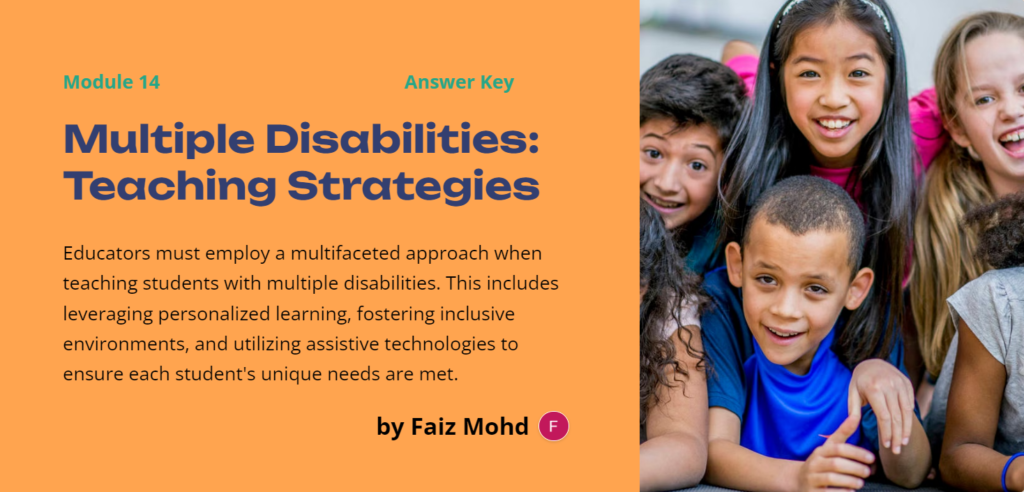
Teaching students with multiple disabilities requires a comprehensive and individualized approach that addresses their unique combination of challenges and strengths. Here are some effective strategies for supporting students with multiple disabilities:
Collaborative Team Approach: Establish a collaborative team consisting of educators, therapists, parents, and other professionals to develop and implement an individualized education plan (IEP) for each student. Regular communication and coordination among team members are essential for providing comprehensive support.
Assistive Technology: Integrate assistive technology tools and devices to enhance access to learning for students with multiple disabilities. This may include communication devices, adaptive software, switches, and sensory aids tailored to individual needs.
Multisensory Instruction: Use a multisensory approach to teaching that engages multiple senses (e.g., sight, touch, hearing) to facilitate learning. Incorporate hands-on activities, manipulatives, visual aids, and interactive materials to reinforce concepts and skills.
Functional Curriculum: Develop a functional curriculum that focuses on teaching practical skills for daily living, communication, social interaction, and vocational training. Emphasize skills that are relevant to the student’s individual goals and needs.
Modified Instructional Strategies: Modify instructional strategies and materials to accommodate the diverse learning styles and abilities of students with multiple disabilities. Use differentiated instruction to tailor lessons to individual needs and provide scaffolding and support as needed.
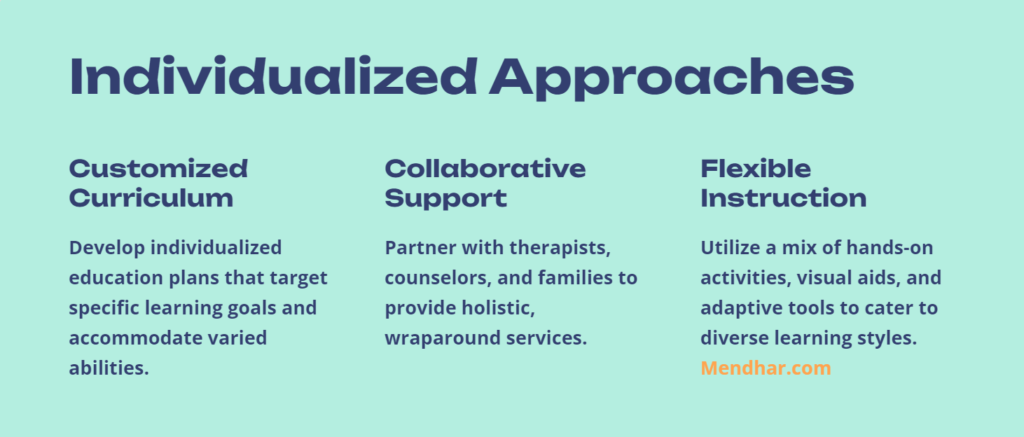
Multiple Disabilities: Teaching Strategies-Module 14 Answer Key
1. What factors influence the severity of multiple disabilities?
– A) Skills like intelligence
– B) Difficulty in distinction
– C) Addressing the disability with a plan
– D) All of the above
Answer: D) All of the above
Explanation: The severity of multiple disabilities can be influenced by various factors, including the individual’s skills and abilities, the complexity of their disabilities, and the effectiveness of intervention and support plans.
2. The effect and severity of multiple disabilities do not depend on the combination of disabilities and its impact on the child.
– A) True
– B) False
Answer: B) False
Explanation: The combination of disabilities and their impact can significantly affect the severity and effect of multiple disabilities on a child. Different combinations can lead to varying levels of challenges and support needs.
3. Educators need to extend their support and assistance to children with multiple disabilities only in academics.
– A) True
– B) False
Answer: B) False
Explanation: Educators need to provide support and assistance to children with multiple disabilities in various areas, including academics, social skills, communication, daily living skills, and recreational activities, to ensure holistic development and inclusion.
4. What does ‘Intermittent Support’ mean in the context of children with multiple disabilities?
– A) Support needed every now and then and only for some particular tasks
– B) Continuous support required for all tasks
– C) Support needed occasionally but for all tasks
– D) None of the above
Answer: A) Support needed every now and then and only for some particular tasks
Explanation: Intermittent support means that the child requires support periodically or for specific tasks rather than continuous assistance.
5. What is the term for the team working on the goals of a child with special needs?
– A) Multidisciplinary team
– B) Multilingual team
– C) Multinational team
– D) None of the above
Answer: A) Multidisciplinary team.
Explanation: A multidisciplinary team consists of professionals from various disciplines, such as special education, therapy, psychology, and medicine, who collaborate to support the goals and needs of a child with special needs.
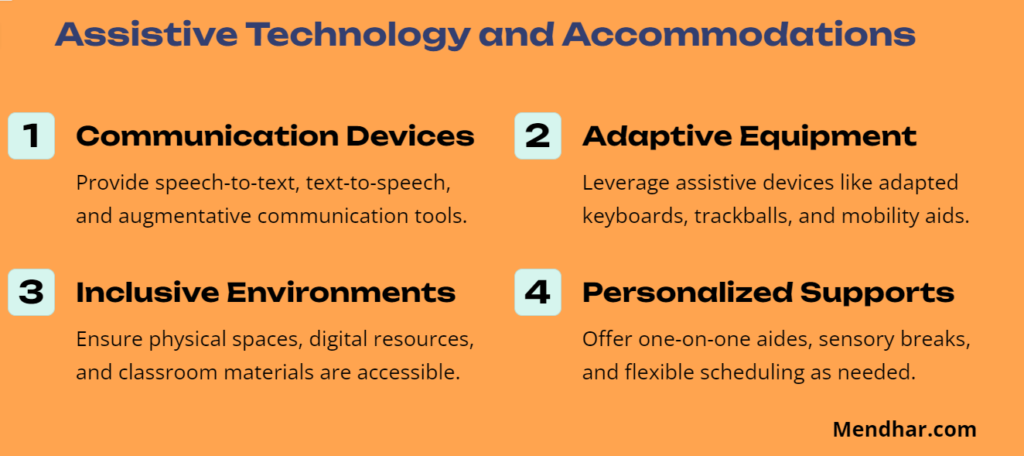
Multiple Disabilities: Teaching Strategies-Module 14 Answer Key
What professionals are typically included in a multidisciplinary team for children with multiple disabilities?
- A) Special educator
- B) Speech & Occupational Therapists
- C) Psychologist
- D) All of the above
Answer: D) All of the above
Explanation: A multidisciplinary team typically includes a variety of professionals such as special educators, speech therapists, occupational therapists, psychologists, and medical professionals, depending on the needs of the child.
In which areas do students with multiple disabilities require guidance?
- A) Activity Daily Living skills (ADLs)
- B) Communication skills
- C) Recreational and leisure activities
- D) All of the above
Answer: D) All of the above
Explanation: Students with multiple disabilities may require guidance and support in various areas, including activities of daily living (ADLs), communication skills, and recreational and leisure activities, to promote independence and quality of life.
What are the 3 R’s of Literacy?
- A) Reading
- B) Writing
- C) Arithmetic
- D) All of the above
Answer: D) All of the above
Explanation: The 3 R’s of literacy traditionally refer to reading, writing, and arithmetic, which are fundamental skills in education.
What is the teaching method where a complex task is broken down into smaller steps and taught sequentially?
- A) Task Analysis
- B) Direct Instruction
- C) Incremental Approach
- D) Multisensory Instruction
Answer: A) Task Analysis
Explanation: Task analysis involves breaking down a complex task into smaller, more manageable steps, and teaching each step sequentially, gradually building up to the complete task.
Is one-on-one teaching an effective strategy for children with multiple disabilities?
- A) Yes
- B) No
Answer: A) Yes
Explanation: One-on-one teaching can be a highly effective strategy for providing personalized instruction and support to children with multiple disabilities, allowing educators to tailor their teaching to the individual needs of each student.
Do multisensory modalities help children with multiple disabilities boost their learning?
- A) Yes
- B) No
Answer: A) Yes
Explanation: Multisensory instruction engages multiple senses (e.g., sight, touch, hearing) to enhance learning and memory retention, making it particularly beneficial for children with multiple disabilities who may have diverse learning styles and preferences.
Is Direct Instruction Teaching Method a highly structured instructional approach?
- A) Yes
- B) No
Answer: A) Yes
Explanation: Direct instruction is a highly structured and teacher-led instructional approach that involves explicit teaching of skills and concepts, frequent teacher feedback, and guided practice to promote learning and mastery.
What strategies can be used to lessen the burden of children facing challenges in learning?
- A) Direct Instruction Teaching Method
- B) Incremental Approach
- C) Multisensory Instruction
- D) All of the above
Answer: D) All of the above
Explanation: Implementing strategies such as direct instruction teaching method, incremental approach, and multisensory instruction can help alleviate the challenges faced by children with multiple disabilities and support their learning and development.
Does Direct Instruction Teaching Method include showing students videos related to the subject?
- A) Yes
- B) No
Answer: A) Yes
Explanation: Direct instruction can incorporate various instructional materials and methods, including videos, to engage students and enhance learning. Videos can be used to provide visual demonstrations, explanations, or examples related to the subject matter.
Is the VAKT method effective for long-term understanding and recall?
- A) Yes
- B) No
Answer: A) Yes
Explanation: The VAKT method, which incorporates visual, auditory, kinesthetic, and tactile modalities, can enhance learning comprehension, retention, and recall, making it an effective strategy for children with multiple disabilities.
Do multisensory modalities help children boost their learning?
- A) Yes
- B) No
Answer: A) Yes
Explanation: Multisensory instruction engages multiple senses (e.g., sight, touch, hearing) to enhance learning and memory retention, making it particularly beneficial for children with multiple disabilities who may have diverse learning styles and preferences.


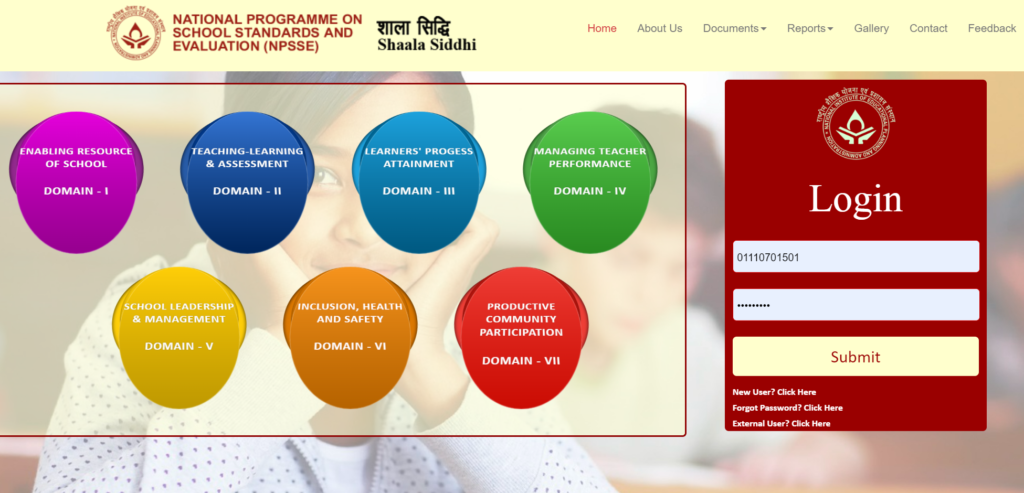
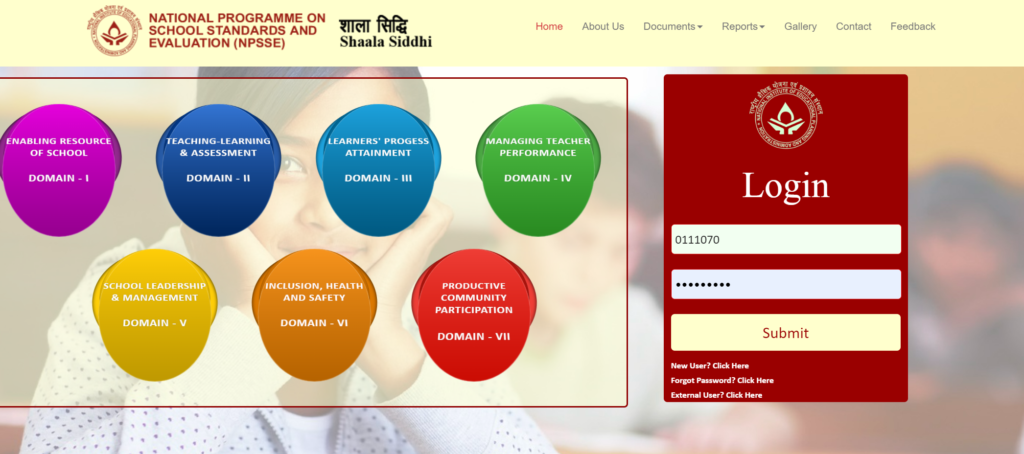
Pingback: Slow Learner And Underachiever: Teaching Strategies -